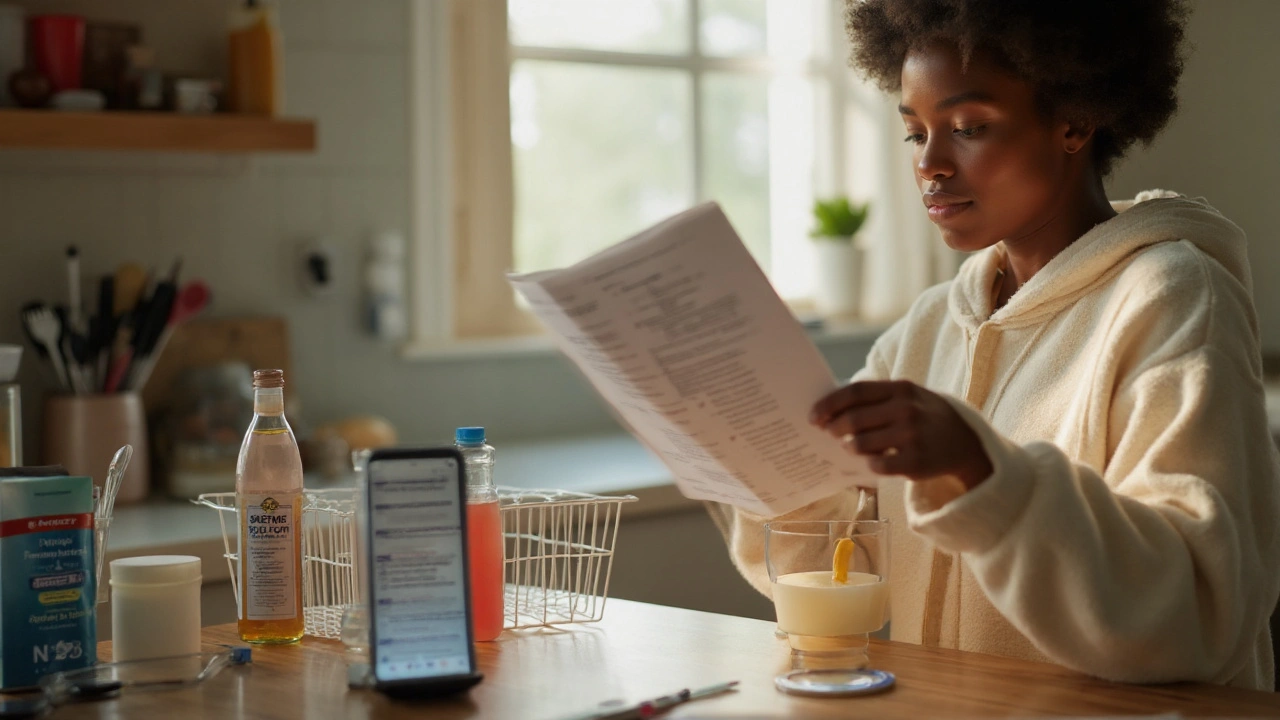Oral Rehydration: Quick Guide to Hydrate Right
Feeling thirsty, dizzy, or having a dry mouth? Your body might be low on water and electrolytes. Oral rehydration (OR) is a simple way to replace those lost fluids without a hospital visit. It works for kids, athletes, travelers, and anyone who’s sweating out salts.
When to Use Oral Rehydration
OR is handy when you have mild to moderate dehydration. Common signs include:
- Excessive thirst
- Light‑colored urine or going long without peeing
- Headache, fatigue, or muscle cramps
- Vomiting or diarrhea that lasts a day or two
DIY Oral Rehydration Solution
You don’t need fancy bottles or expensive powders. In the kitchen, mix:
- 1 litre of clean water (about 4 cups)
- 6 teaspoons of sugar
- ½ teaspoon of table salt
If you want a milder taste, cut the sugar in half. Too much salt can make you feel worse, so stick to the measured amount. Store the solution in a clean bottle and use it within 24 hours.
Commercial OR packets are also available at pharmacies. They usually contain the same ingredients plus a bit of potassium. Follow the label directions, but remember the homemade mix works just as well for most situations.
How much to drink? Sip small amounts frequently—about a quarter cup every 5‑10 minutes. For children, give a tablespoon every few minutes. Keep sipping until the thirst fades, urine looks pale, and you feel steadier.
Don’t rely only on plain water if you’ve lost a lot of salt. Water alone can actually worsen electrolyte loss, which is why the sugar‑salt combo matters.
If you’re an athlete, consider adding a pinch of baking soda (sodium bicarbonate) for extra buffering. Just a pinch per litre won’t hurt, but don’t overdo it.
Travelers in hot climates often forget to drink enough. Carry a small bottle of OR mix or a packet in your bag. When you feel the first hint of light‑headedness, take a sip before you get worse.
Safety tip: use clean water. If you’re unsure about water quality, boil it first, then let it cool before mixing. Boiling kills any microbes that could cause stomach upset.
When to see a professional? If symptoms last more than 24‑48 hours, you keep vomiting, you have a fever over 101°F (38.3°C), or you notice blood in stool, it’s time to get medical help. Dehydration can become dangerous quickly, especially for infants and the elderly.
Remember, oral rehydration isn’t a cure for every illness, but it’s a fast, cheap, and effective way to restore fluid balance. Keep the recipe on hand, stay aware of your body’s signals, and you’ll beat dehydration without hassle.

- 17 Comments
10 evidence-based tips to soothe intestinal and vaginal infections at home-what actually helps, what to skip, doses, and red flags. UK-focused, practical, safe.